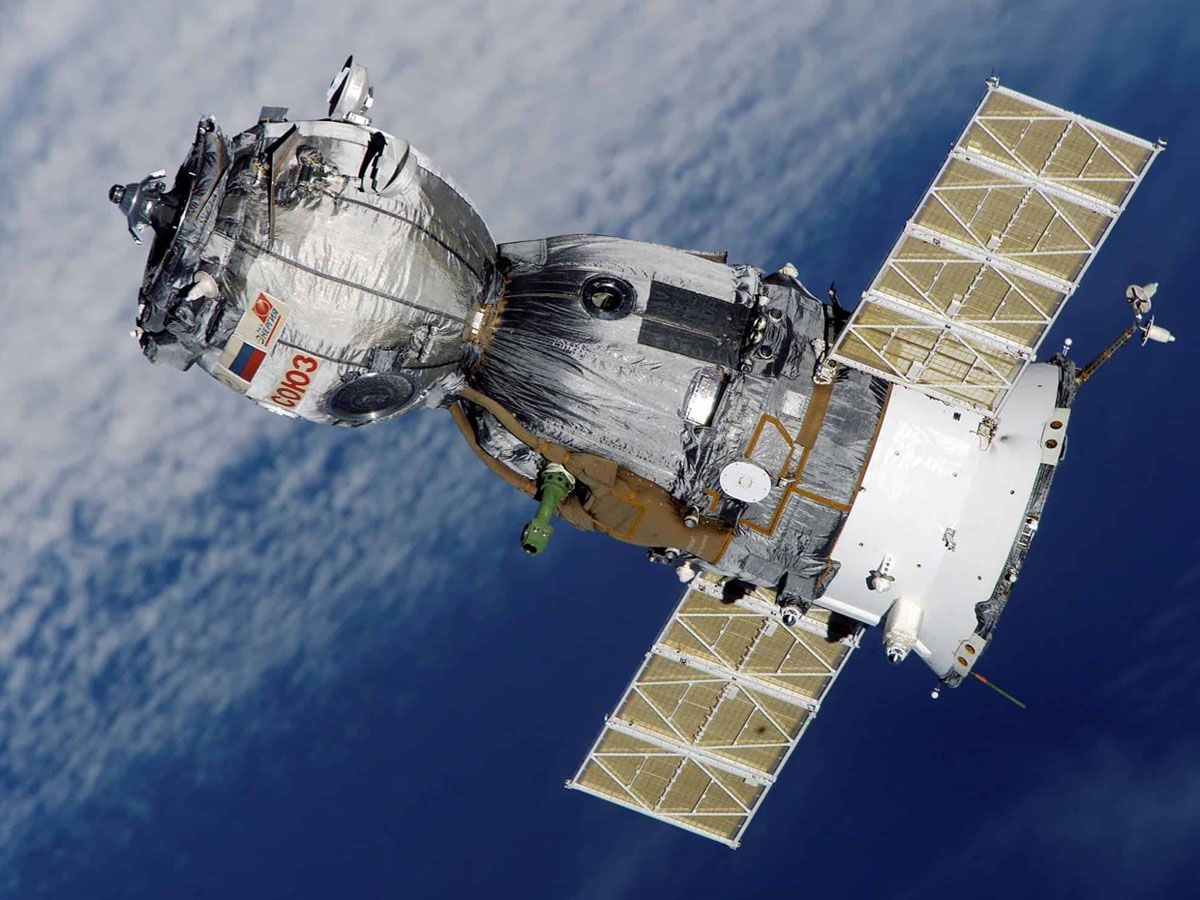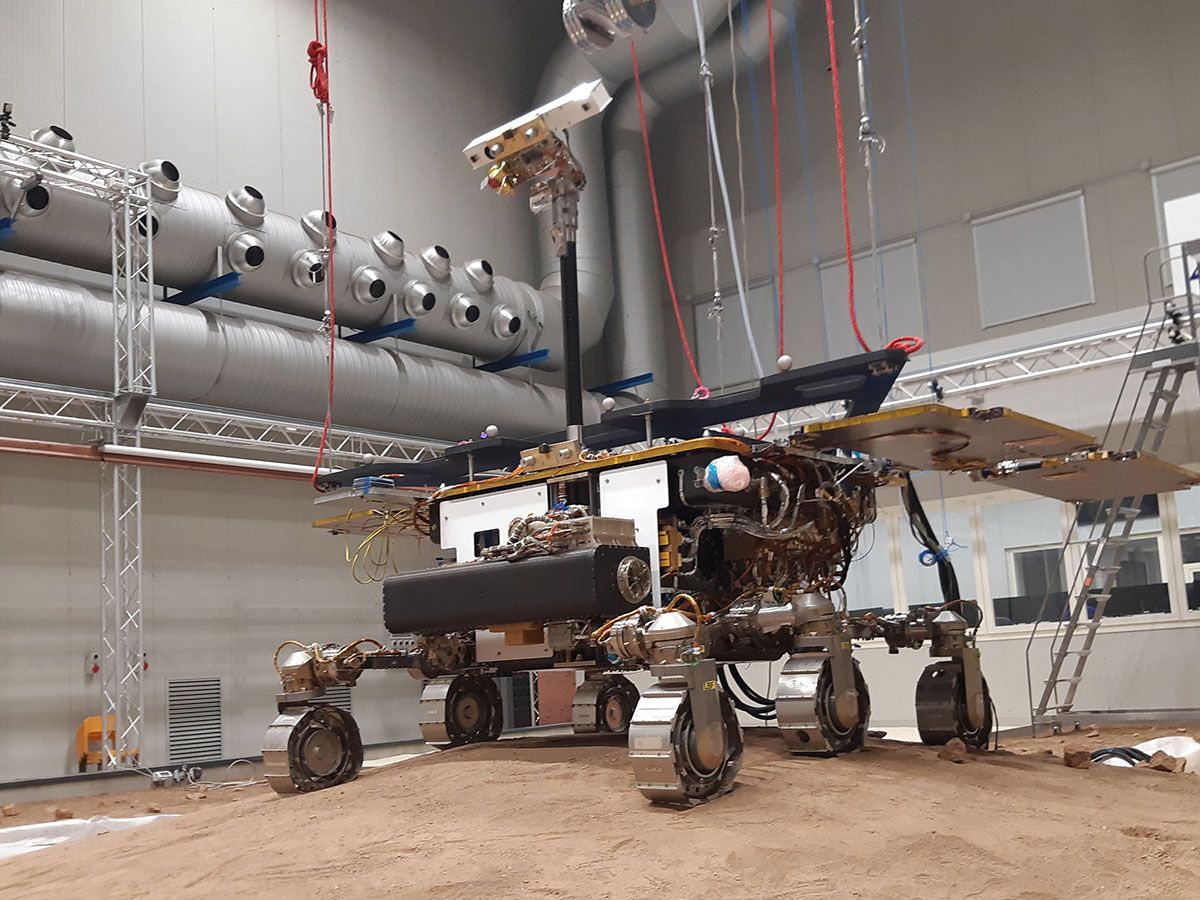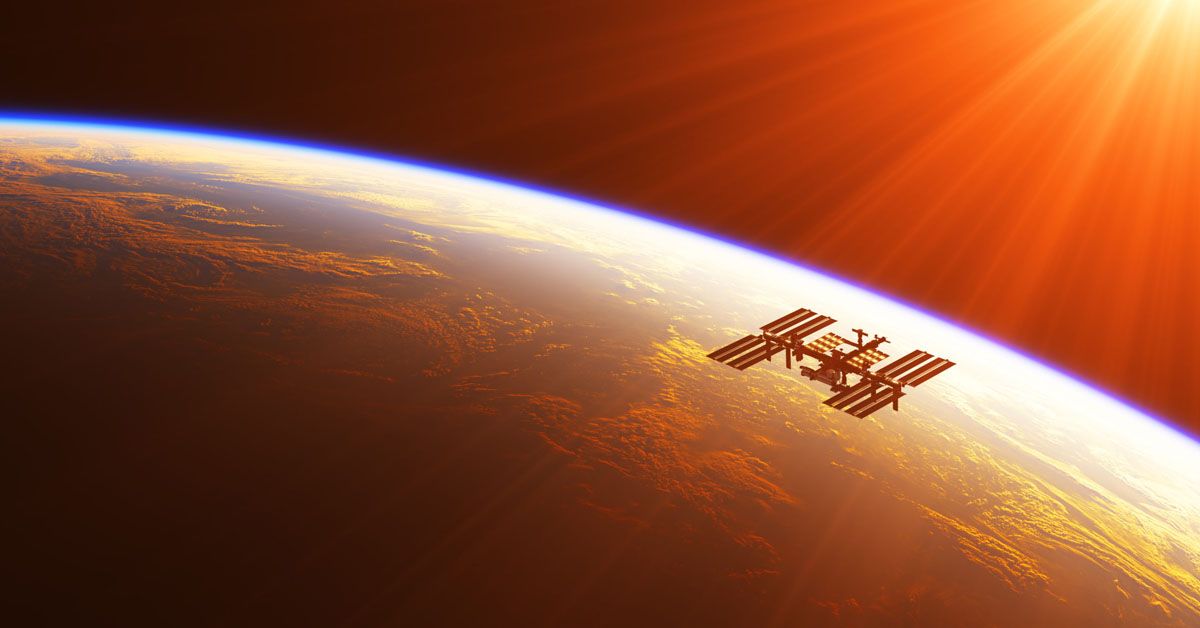Have you ever gazed upon the night sky and been amazed by the human ingenuity that surrounds our planet? One such feat is the International Space Station (ISS). Since 1998, this immense structure has been orbiting our home planet as an example of human ingenuity and cooperation.
Does everyone realize the ISS is coming close to its end of operational life, and we're gearing up for an enormous and unprecedented event? Yes, the time has come for us to say our farewells as it begins its deorbiting process. This operation not only represents a historic milestone in space exploration history but also poses its own set of unique challenges and implications.
A Historical Achievement - The International Space Station
Imagine an object the size of a football field floating through space 400 kilometers above Earth. That's the International Space Station (ISS) for you! With a length of 109 meters and weighing 400 metric tons, it's an awe-inspiring symbol of human innovation. But the ISS is more than just an impressive feat of engineering; it's a shining example of international collaboration. Since its inception, over 250 astronauts and cosmonauts from 20 different countries have called the ISS their temporary home.
The ISS has been the stage for countless milestones and accomplishments throughout its life. Astronauts and scientists aboard this spaceborne laboratory have conducted groundbreaking research in various fields such as biology, physics, and astronomy. They've also performed spacewalks, tested new technologies, and even grown plants and vegetables! The International Space Station has provided an ideal venue for international cooperation, not only in space exploration but also across disciplines like education, diplomacy, and cultural exchange.

In a world where conflicts and divisions often grab the headlines, the ISS is a beacon of unity and progress. Its remarkable achievements are a testament to what we can accomplish when we work together towards a common goal. As this extraordinary project nears its conclusion, we must remember what lessons it has taught us and the legacy it will leave behind.
The Countdown to Deorbit - Preparations and Challenges
As remarkable as the International Space Station is, even the most magnificent creations have an expiration date. The ISS has been orbiting Earth for over three decades, and as it ages, maintaining it beyond 2030 becomes increasingly unrealistic. Consequently, plans have been set in motion to deorbit the ISS, a complex and challenging endeavor that will mark the end of an era.
Deorbiting the ISS is no small task, given its size, weight, and the unprecedented scale of this operation. Engineers and space agencies must meticulously plan and execute each step to ensure the safe and controlled re-entry of the massive structure into Earth's atmosphere. The process will commence in 2026 when the station's orbit is allowed to decay naturally, ultimately leading to its plunge toward our planet.
Deorbiting the ISS - A Spectacular and Dangerous Event
As the ISS makes its final descent, the debris created during re-entry will result in a path unlike any we've seen before. This flaming trail will stretch several kilometers wide and could potentially extend up to 6,000 kilometers in length. The ISS will be deliberately guided toward a remote location called Point Nemo to mitigate the risks associated with such a colossal debris field. Situated in the Pacific Ocean between New Zealand and South America, this spot is the farthest point on Earth from any landmass, minimizing the likelihood of debris causing harm.
As the ISS meets its fiery end, the event is sure to capture the attention of people around the world. Media outlets will likely cover the dazzling "fireworks display" resulting from the station's disintegration, transforming a solemn occasion into a global spectacle. Though it's essential to remember the risks and challenges associated with this operation, the dramatic finale of the ISS will undoubtedly leave a lasting impression on generations to come.
Alternative Approaches - Salvaging the ISS
As the ISS's fate looms, some innovative minds have been exploring alternative approaches to its disposal. A group of companies, including CisLunar Industries and Astroscale, presented a fascinating proposal to the White House in 2022. Their idea? To salvage valuable parts of the ISS and repurpose them for constructing new structures or vehicles in space, thus conserving resources and reducing waste.
However, despite the ingenuity of this proposition, the current plan remains to dispose of the entire ISS into the Pacific Ocean. The White House and international partners have deemed the traditional deorbiting process as the most viable and safe option, prioritizing the controlled re-entry and minimization of risks associated with the massive debris field.
Funding the Deorbit - NASA's Budget and Development
As preparations for the ISS's deorbiting ramp up, the necessary funds must be allocated to ensure the operation's success. NASA has earmarked $180 million of its $27.2 billion budget for 2024 specifically for ISS decommissioning. This allocation will support the development of a "space tug" designed to deorbit and ultimately destroy the space station by 2030.
In addition to funding the deorbiting process, NASA will also allocate $39 million to enhance our understanding of the debris environment surrounding the space station's orbit. This investment aims to explore approaches that ensure safe access to space and minimize risks for future missions. With these financial commitments, NASA and its partners are working diligently to address the complexities and challenges associated with the historic deorbiting of the International Space Station.

The Redundancy Strategy - Collaborations and Diplomatic Relations
In the complex world of space exploration, redundancy is crucial for success. NASA understands the importance of backup plans, so they're partnering with Russia for deorbit capabilities. Russia's existing spacecraft, "Progress," will be utilized for developing the space tug needed to deorbit the ISS. This collaboration, however, does not deter the US from building its own capabilities, aiming to establish a robust redundancy strategy.

Redundancies are of critical importance to both NASA and its international partners. Diplomatic relations between the US and Russia have been tenuous since Moscow invaded Ukraine. Russia also plans on building its own space station. However, despite these tensions cooperation in space exploration remains critical for the safe deorbiting of the ISS.
Looking Beyond the ISS - NASA's Future Endeavors
As we prepare to bid farewell to the International Space Station, it's essential that we consider what lies ahead for NASA and space exploration. Their 2024 budget proposal totaling $27.2 billion includes funding for numerous ongoing and new initiatives. One such significant initiative includes the development of an ISS deorbit tug which marks an essential step in its final demise.
Beyond the ISS, NASA's future is filled with ambitious missions and groundbreaking projects. The budget proposal supports NASA's role in the European Space Agency's ExoMars mission, providing essential components and launch services. Additionally, the Artemis campaign for lunar exploration continues to move forward, with updated launch schedules for Artemis 2 and 3, as well as the introduction of Artemis 4 in September 2028.

As we turn the page on the International Space Station, a new era of space exploration begins to unfold. NASA is committed to innovation and collaboration, so undoubtedly the future holds many more milestones and discoveries that will push human knowledge further than ever.
Sources: spacenews.com / independent.co.uk / bbc.com












